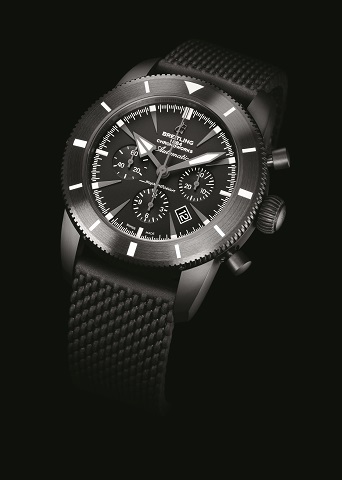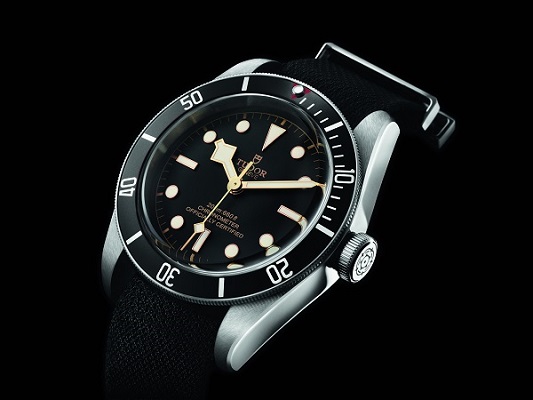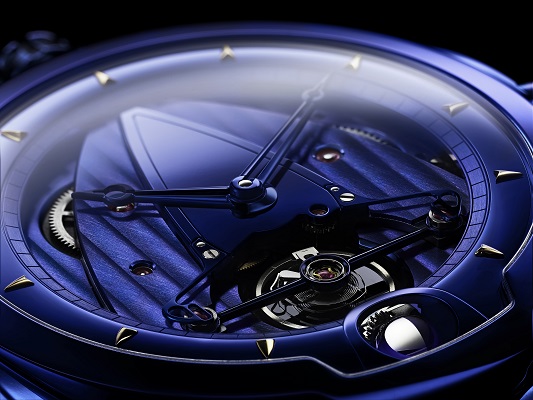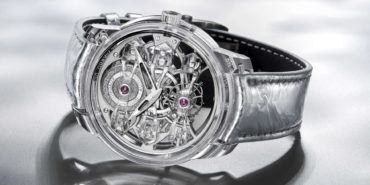News • 04 Jan 2017
Horological Hopes For 2017
Mechanical watchmaking is an industry driven by passion and ideas, which is why some optimism survives despite 2016 being an unfortunate year for the luxury watch business.
A variety of factors, including diminished demand from Chinese consumers, conspired to pull the industry into a slowdown that started three years ago but only started to bite in 2016.
The effects were obvious when the Swatch Group and Richemont, Switzerland’s largest listed watchmaking conglomerates, saw their first half profits for 2016 fall some 50%. In response, Richemont, which owns brands like Cartier and IWC, retired its top managers and announced layoffs. Swatch, on the other hand, is staying the course, leading to criticism from investors.
But like the chimes of a cathedral gong minute repeater, hope lingers.
More value for money
If anything the unhappy affairs in watch land are good for consumers. Watchmakers, more than ever, are emphasising affordability in their offerings. They are introducing more entry-level watches, or even new models that cost less than the equivalents of before.
Consumers wanting more affordable timepieces will certainly have their wishes fulfilled, but they should hope for not just cheaper watches, but timepieces that offer more bang for the buck.
In terms of movements, that can be many things, but rarely does it mean more complicated. No one needs a washing machine with a built-in hairdryer and coffee maker, but instead something practical, useful, robust, poetic or beautiful, or all of them together.
Breitling, for instance, did an admirable job with last year’s Chronoworks, which is packed with innovations that help the movement keep better time and run for longer, while extending the service intervals.
But the Chronoworks tried to do too much with too small a production run – it was a 100-piece limited edition – leading to a retail price of US$40,000 that verged on the wacky. So watchmakers should be ambitious, but still sensible.

Breitling Superocean Chronoworks
While cutting edge technology is impressive, and can be useful, there is also no shame in using basic, outsourced movements – within a certain price point. Longines and Tudor are strong examples of how to produce honest and appealing watches powered by fairly basic movements – which is what many ordinary watch buyers want.
The key to making appealing watches that are powered by boring movements often lies in the dial. The “gilt” dial on the Tudor Black Bay, for instance, is appealingly crafted for the price. A pretty face makes up for many shortcomings – with any luck more watchmakers will bear that in mind.

Tudor Black Bay
At the same time, in-house movements implement gradually and modestly can be affordable too, as German watchmaker Nomos demonstrates. Its careful ambitions were slowly realised, so despite having moved up the price range over that time, Nomos still manages to offer good value.
It focuses on building affordable, competent, and incrementally better timepieces, and kept at it for two decades. Helped considerably by the lower cost of labour in East Germany – a perk Swiss watchmakers unluckily lack – Nomos makes extremely good in-house movements inside watches that are priced affordably, explaining why the brand is well loved.

Nomos Neomatik
David vs. a recession
While Nomos is an independent brand of sorts, it is already large enough to be distinct from the small independents, both the high-end sort that populate the AHCI as well as inexpensive brands.
The travails of the industry have hit such small brands disproportionately hard, with many teetering on the brink. That’s because many don’t have the resources to weather bad times, and also because such brands tend to be the ones dropped by watch retailers when business slows.
Casualties for the year include brands like Vulcain and Pequignet, even extending to movement maker Technotime.
While it is true some independent brands produce watches that are answers to questions that nobody will ever ask, watch aficionados should hope that the good ones survive.
Fighting the good fight
Independents contribute to the nuance and variety of the watchmaking landscape, more so than any of the established brands. That’s mainly because their small scale – MB&F for instance makes about 250 watches a year – allows them to target a very, very narrow segment of the market.

MB&F HM8
Some independents have contributed significantly to the advancement of watchmaking, particularly at avant-garde end of the spectrum, either in design or complications, like De Bethune for instance. Others do classical watchmaking exceptionally well, so well it is impossible not to like them, like Laurent Ferrier. Both marques, however, are struggling right now.

De Bethune DB28 Kind of Blue
2017 will continue to be tough for the watch industry, but if at least some hopes are realised, it will be a bit better.
For more information, please schedule an appointment with our Sales Consultant here.










